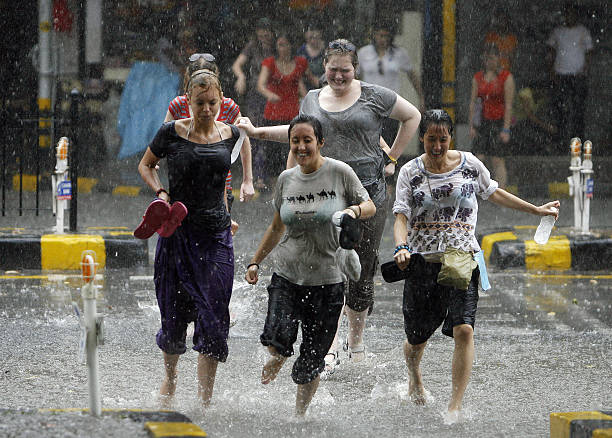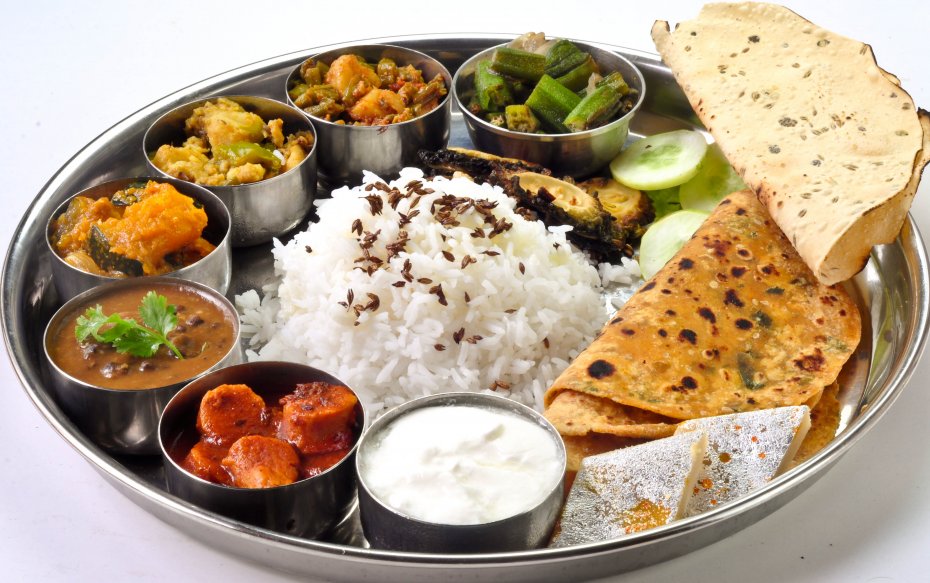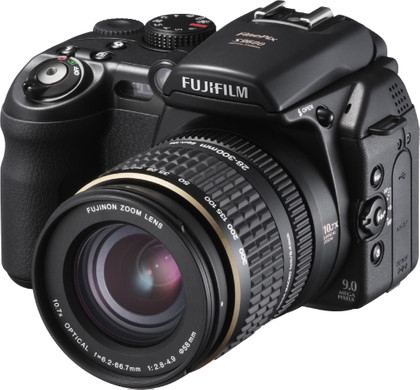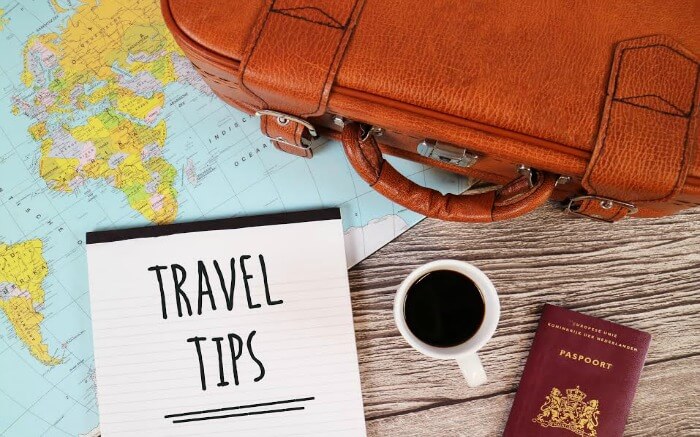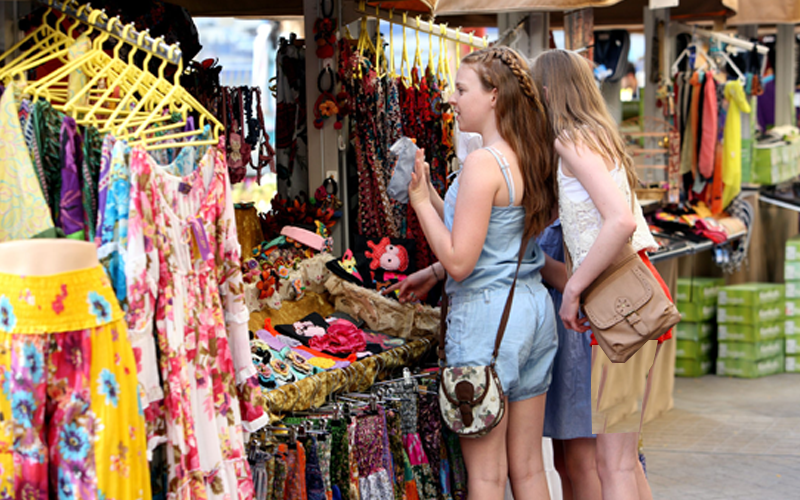a little about this website...
hi,
This is an old blog that has been repackaged to include just the basics. Most websites out there give you so much of unnecessary information that it makes it hard to digest and decide. We decided to stick to what you actually need to know and avoid whats called analysis paralysis.
In any case, your local travel agent will tell you all you need to know about the places to visit and honestly anything more than that is overkill.
Coming back to India, the first thing that will amaze you as you step out of the airport is people....lots of them. In fact so many that we've stopped counting!
India is the second most populous nation in the world after China, and while China is a communist country where the government can force you to have just one child, India is the worlds largest democracy and Indians believe that babies should be allowed into the country. Its their birthright.
This blog is done differently. It teaches you to stretch your precious dollar and extract every ounce of juice from it. After all its your hard earned money. And you need to spend it wisely.
We also guide you on how to keep yourself and your belongings safe as a lone woman or a group of women or a family traveling through India. Whatever you forget to bring with you, please pack your common sense with your luggage before you leave your country. This country will teach you that common sense is something you can't survive without. And pretty quickly too!
As a single woman or family NEVER pinch pennies when it comes to your hotel. Go for the best you can afford. The higher up the tree, the safer you are.
NEVER accept unsolicited gifts or help from strangers. Its not uncommon for items of food like Indian sweets/ savouries or chocolates to be drugged and offered to unsuspecting tourists. Especially while travelling in buses or trains. Even juice tetra-packs can be used. Even cigarettes. You could be a victim of theft or worse. Be Careful. Very Careful.
Expect to pay extra fare when you use rickshaws for short distances. As Indians visiting a neighboring state, they overcharge us too. You are no exception. Always find out the approx. fare from a shop and pay about rs.50 - rs.100 above that depending on the total. Its normal. If you go by the meter, you're done with your sightseeing!
India is not a country for outdoor camping by yourself, so abandon such ideas. If its arranged by a travel agency, they're responsible for your safety.
Enterprising young people have started the concept of Heritage Walks across many cities in India. These are reasonably priced with educated english speaking guides and can give you a feel of the city. These Heritage Walks are conducted on foot, bicycle or even motorbikes and usually comprise of small groups. In some cities like Mumbai, there is also a "city tour by night on motorbike" available. Wherever available, these should be your first option.
Touts are aware that most western tourists visiting India are simple middle class folk and try to lure them with offers of cheaper hotels and cheaper sightseeing. NEVER agree.
A few years ago a Japanese tourist was offered a cheaper room in another hotel and after she had shifted, her juice was drugged and she was assaulted. Learn from the mistakes made by others.Once you have selected your hotel and checked in, stay put.
Seas in India can be rough and straying far from shore is strictly not recommended. Very few beaches in India have lifeguards. Rescue is a coordinated effort between the police and the Navy...and that takes time. In short - No Baywatch Here
This is an old blog that has been revived. The address is: checkin2india.blogspot.com and the header is - just alan
The older pages of this blog (white background) are not relevant anymore.
Please visit our other blog on poetry and humor, the link for which is provided in the blog menu on the top.
We hope you enjoy going thru the pages of this blog as much as we enjoyed putting it together for you.
We also update and modify posts, so please keep checking regularly.
Thank you so much and God bless,
alan mathias
hi,
This is an old blog that has been repackaged to include just the basics. Most websites out there give you so much of unnecessary information that it makes it hard to digest and decide. We decided to stick to what you actually need to know and avoid whats called analysis paralysis.
In any case, your local travel agent will tell you all you need to know about the places to visit and honestly anything more than that is overkill.
Coming back to India, the first thing that will amaze you as you step out of the airport is people....lots of them. In fact so many that we've stopped counting!
India is the second most populous nation in the world after China, and while China is a communist country where the government can force you to have just one child, India is the worlds largest democracy and Indians believe that babies should be allowed into the country. Its their birthright.
This blog is done differently. It teaches you to stretch your precious dollar and extract every ounce of juice from it. After all its your hard earned money. And you need to spend it wisely.
We also guide you on how to keep yourself and your belongings safe as a lone woman or a group of women or a family traveling through India. Whatever you forget to bring with you, please pack your common sense with your luggage before you leave your country. This country will teach you that common sense is something you can't survive without. And pretty quickly too!
As a single woman or family NEVER pinch pennies when it comes to your hotel. Go for the best you can afford. The higher up the tree, the safer you are.
NEVER accept unsolicited gifts or help from strangers. Its not uncommon for items of food like Indian sweets/ savouries or chocolates to be drugged and offered to unsuspecting tourists. Especially while travelling in buses or trains. Even juice tetra-packs can be used. Even cigarettes. You could be a victim of theft or worse. Be Careful. Very Careful.
Expect to pay extra fare when you use rickshaws for short distances. As Indians visiting a neighboring state, they overcharge us too. You are no exception. Always find out the approx. fare from a shop and pay about rs.50 - rs.100 above that depending on the total. Its normal. If you go by the meter, you're done with your sightseeing!
India is not a country for outdoor camping by yourself, so abandon such ideas. If its arranged by a travel agency, they're responsible for your safety.
Enterprising young people have started the concept of Heritage Walks across many cities in India. These are reasonably priced with educated english speaking guides and can give you a feel of the city. These Heritage Walks are conducted on foot, bicycle or even motorbikes and usually comprise of small groups. In some cities like Mumbai, there is also a "city tour by night on motorbike" available. Wherever available, these should be your first option.
Touts are aware that most western tourists visiting India are simple middle class folk and try to lure them with offers of cheaper hotels and cheaper sightseeing. NEVER agree.
A few years ago a Japanese tourist was offered a cheaper room in another hotel and after she had shifted, her juice was drugged and she was assaulted. Learn from the mistakes made by others.Once you have selected your hotel and checked in, stay put.
Seas in India can be rough and straying far from shore is strictly not recommended. Very few beaches in India have lifeguards. Rescue is a coordinated effort between the police and the Navy...and that takes time. In short - No Baywatch Here
This is an old blog that has been revived. The address is: checkin2india.blogspot.com and the header is - just alan
The older pages of this blog (white background) are not relevant anymore.
Please visit our other blog on poetry and humor, the link for which is provided in the blog menu on the top.
We hope you enjoy going thru the pages of this blog as much as we enjoyed putting it together for you.
We also update and modify posts, so please keep checking regularly.
Thank you so much and God bless,
alan mathias


